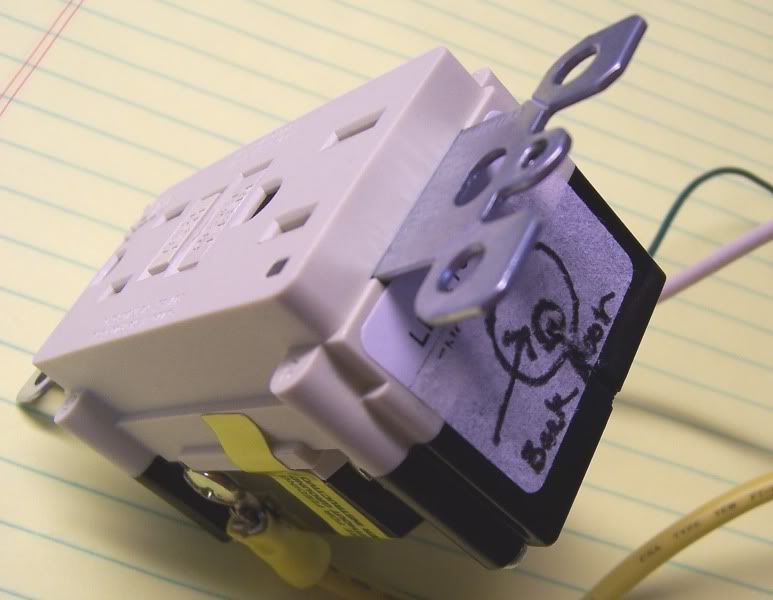080907-1440 EST
Bill:
Anything on the load side of the GFCI that causes a difference in the neutral current relative to hot line current in excess of the threshold limit will cause the GFCI to trip.
If a conductive path from the load side neutral to the ECG shunts enough (greater than about 5 MA) of the load current from the neutral, then the device will trip.
If I get a 1000 V AC source from somewhere and reference this to the neutral at the service entrance, connect a resistor of about 125,000 ohms (about 8 MA) between the 1000 V and either one of the load side current wires, then the GFCI will trip.
It does not matter how we produce the unbalanced current thru the current transformer of the GFCI, if it is above the threshold, then trip occurs.
Since the detection method is a current transformer any reasonable DC level does not trip it.
.


